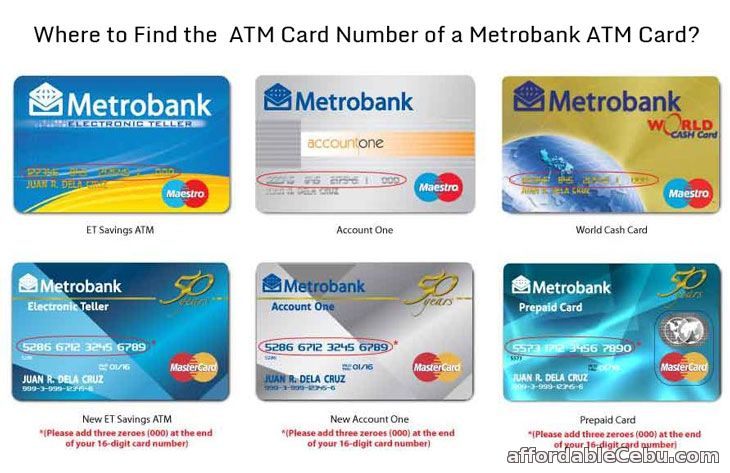

This capitalizes (so to speak) on the fact that it is rare in ordinary spelling that you would want to have a literal interpretation of "tI", for example, so it is feasible to treat this as a palatalized "t". The basic idea is that you type in a phonetic character by typing an ordinary lower case character followed by zero or more uppercase characters.
IF YOUTYPE INYOURATM HOW TO
This has been preying on my mind, and I have the beginnings of a design proposal for how to type in IPA. And as I said, considering how different the needs of different IPA users are, a single solution won't be able to satisfy everyone's needs.Īnother advantage of a custom keyboard layout is that you can use it in any text editor: it doesn't require using a special program or a specific webpage, and you can easily switch between different keyboard layouts by hotkeys.
IF YOUTYPE INYOURATM PLUS
Of course, "do it yourself" is not the easiest solution, but the plus is that it will be tailored exactly to your needs, and you can change it whenever you want. The program is quite powerful, and very easy to use, and making something appropriate in it won't take long, depending on how much of IPA you want available on key press. (Of course, if your paper is on, say, Estonian, you'll want exactly the opposite.)Ī working solution for this kind of problem is to create your own custom keyboard layout via the Microsoft's free keyboard layout creator. For example if you are writing a paper on English phonology, you'll need to be easily typable, but you can just copy-paste if you need it. On the other hand, I'd think that most people need most of IPA very rarely, but use a subset of it constantly. Just look for example at the IPA vowel diagram, and try to write down yourself which sequences of keys should give which output, or do the same for all of the diacritics. When you think about it, easily typing the entirety of IPA is a tall order.
IF YOUTYPE INYOURATM ANDROID
There is also an Android app though it is described as a "proof of concept" and I haven't personally tested it very thoroughly. If you just want a better web-based soft keyboard, I think Richard Ishida's is amazing, others I work with prefer Weston Ruter's because it resembles the official IPA chart. On Linux at least, there are a few applications where the keyboard doesn't work (e.g., Atom text editor I think the problem is with Atom and not the IPA keyboard but I haven't tried to debug the issue). To the operating system, it looks like any other IME for entering Chinese characters, Devanagari script, etc., so you access it through the "language bar" on Windows and corresponding language-switcher-type interfaces on other platforms. I have used them on both Linux and Windows. Like any input method for typing outside of ASCII, it takes an investment of time to learn the keystroke sequences, but in my opinion it is far more efficient than websites with soft keyboards when you need to enter a lot of IPA.

The SIL keyboards that you linked to are indeed the best of breed.


 0 kommentar(er)
0 kommentar(er)
